Today, that strange stone formation has more or less lost its wildness, but the mountains and folk tales are still there, silently present as an indelible layer of cultural sediment.
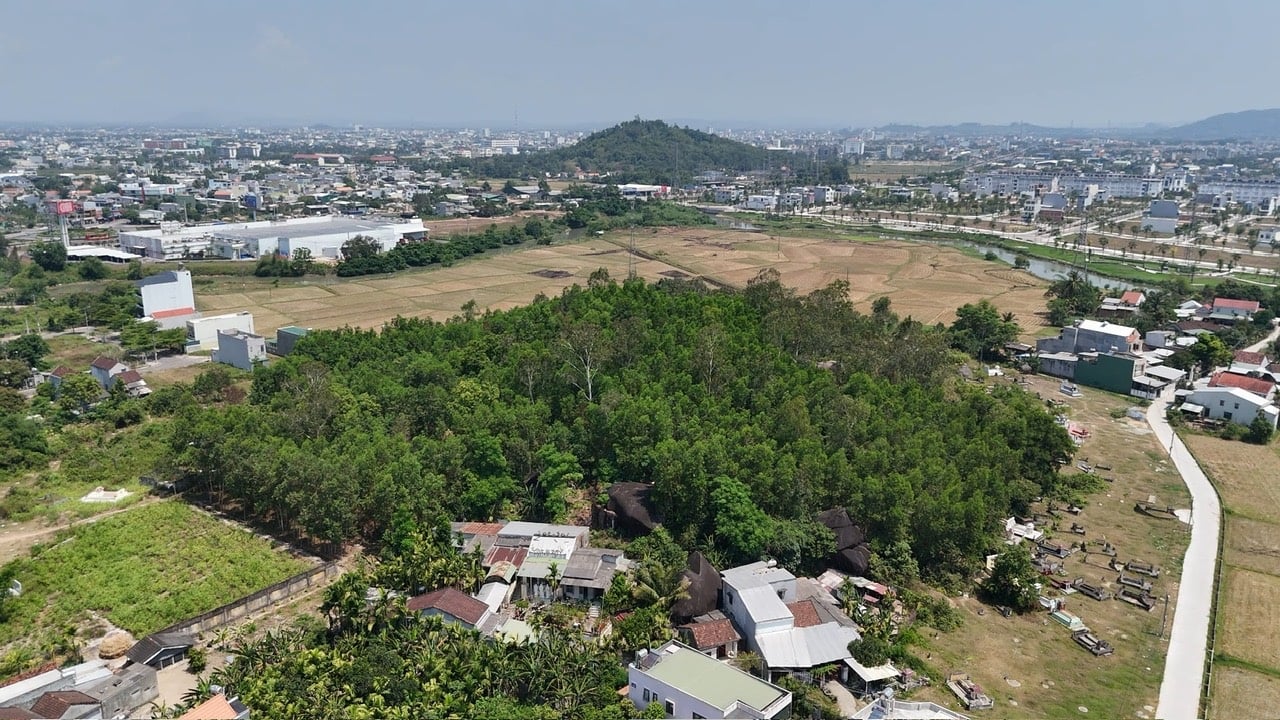
From the Voi Mountain stone formation, looking far away is Thien But Mountain.
PHOTO: PHAM ANH
The Sea and the Pond Riding a Paper Kite in Battle Formation
According to historical records, Cao Bien was a general in the Tang Dynasty, once held the position of military governor, Tinh Hai Quan, and guarded An Nam after defeating the Nam Chieu army. He was famous for his knowledge of feng shui and practicing Taoism. Legend has it that during his time in charge of Giao Chau, Cao Bien often rode a paper kite and flew across Tra River and An Mountain to find dragon veins and good feng shui.
One afternoon, while tired after a long journey, he discovered that La Ha land (ancient Chuong Nghia district) had a beautiful terrain: to the southeast was Long Phung mountain, to the northeast was Thien But mountain, in the center was Cam Thanh land, convenient for advancing troops. He concluded that if he could set up a battle formation here, he could keep this land forever, without worrying about future defeat.
Relying on his military talent and long-term cultivation of magic, Cao Bien began to move rocks, arrange troops, and set up battle formations, creating a stone bagua formation. He turned rocks into soldiers, elephants, tigers... and used magic to wait for the day when "the virtual becomes real, the rocks become people", hoping to have an invincible army between heaven and earth to plot to become hegemon and king.
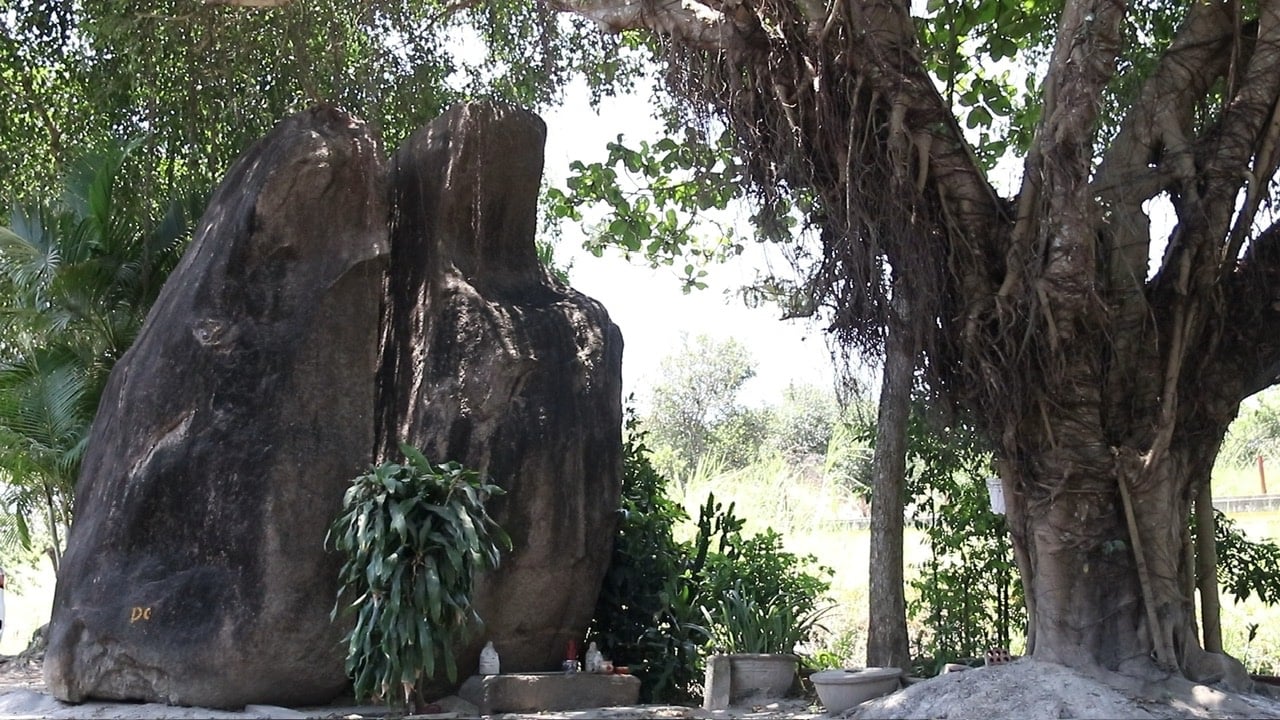
Da Che Mountain is located in the La Ha stone formation complex (in La Ha town, Tu Nghia district, Quang Ngai ).
PHOTO: PHAM ANH
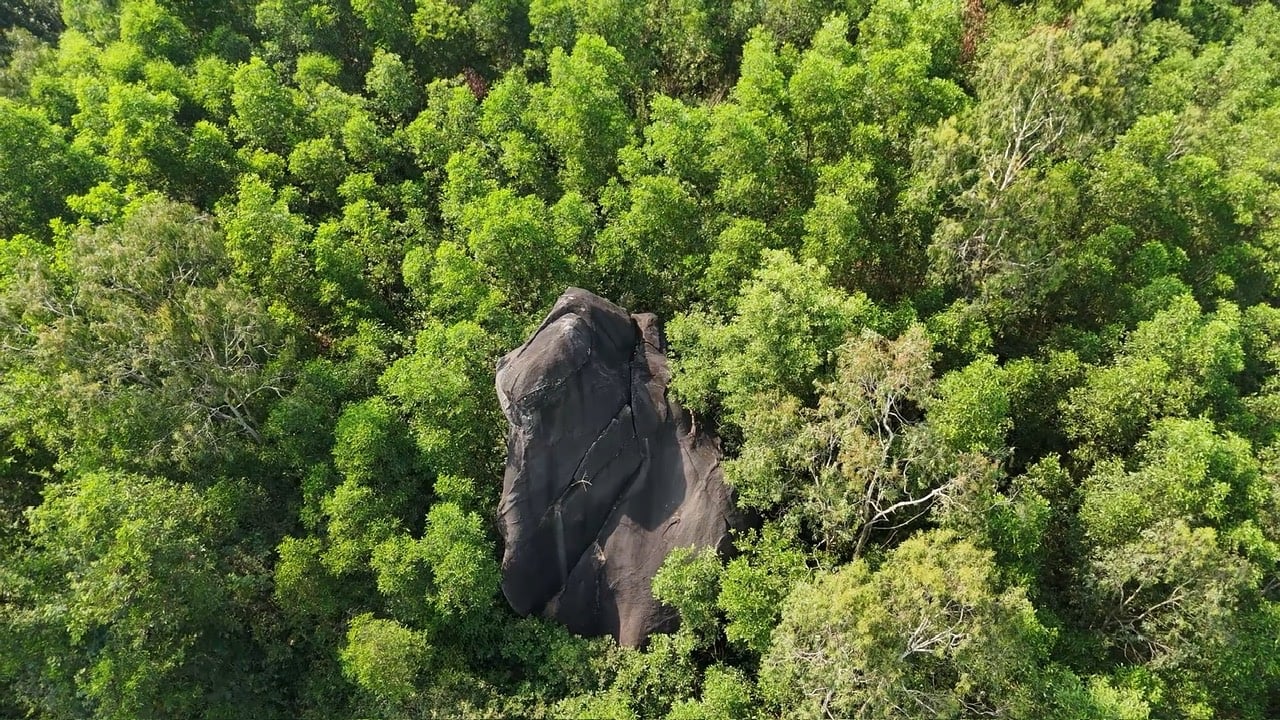
The rock looks exactly like an elephant hidden in the forest
PHOTO: PA
However, "man proposes, God disposes", before the formation could be put into effect, an incident occurred. Legend has it that during a time of pleasure, Cao Bien captured hundreds of young women, choosing the most beautiful girl to be his concubine, with the intention of making her the "guardian goddess" of this formation forever. One bright moonlit night, he brought her to the formation. Ironically, it was the day of her first menstruation. While Cao Bien was drunk, she climbed to the highest peak of the formation out of curiosity, accidentally breaking the "virtual to real, stone to human" formation that was waiting to transform.
At the moment of the formation, Cao Bien discovered that everything was motionless. Furious, he went to look for her but never saw her again. A heavy rain poured down, washing away Cao Bien's ambition for hegemony and leaving behind a pitch-black stone formation like the remains of an unfinished dream.
M ROCK OVERLAPS
Nowadays, in La Ha town, everyone can easily see rocks growing everywhere: from the fields to the mountain slopes, each cluster of rocks looks like an army ready for battle. There are 4 mountains forming the La Ha stone formation: Cao Co mountain, Da Che mountain, Voi mountain and Hum mountain.
Cao Co Mountain is about 40 m high, standing out with a large rock shaped like a human with a high neck. Da Che Mountain is where green rocks are stacked in pairs like guards on the eastern slope of the mountain. Voi Mountain is about 50 m high, with many stone slabs like a herd of elephants preparing for battle. Hum Mountain (or Bao Son) is 30 m high, with a large rock about 6 m high called Mr. Hum Rock, standing tall like a ferocious beast ambushing in the middle of the old forest.
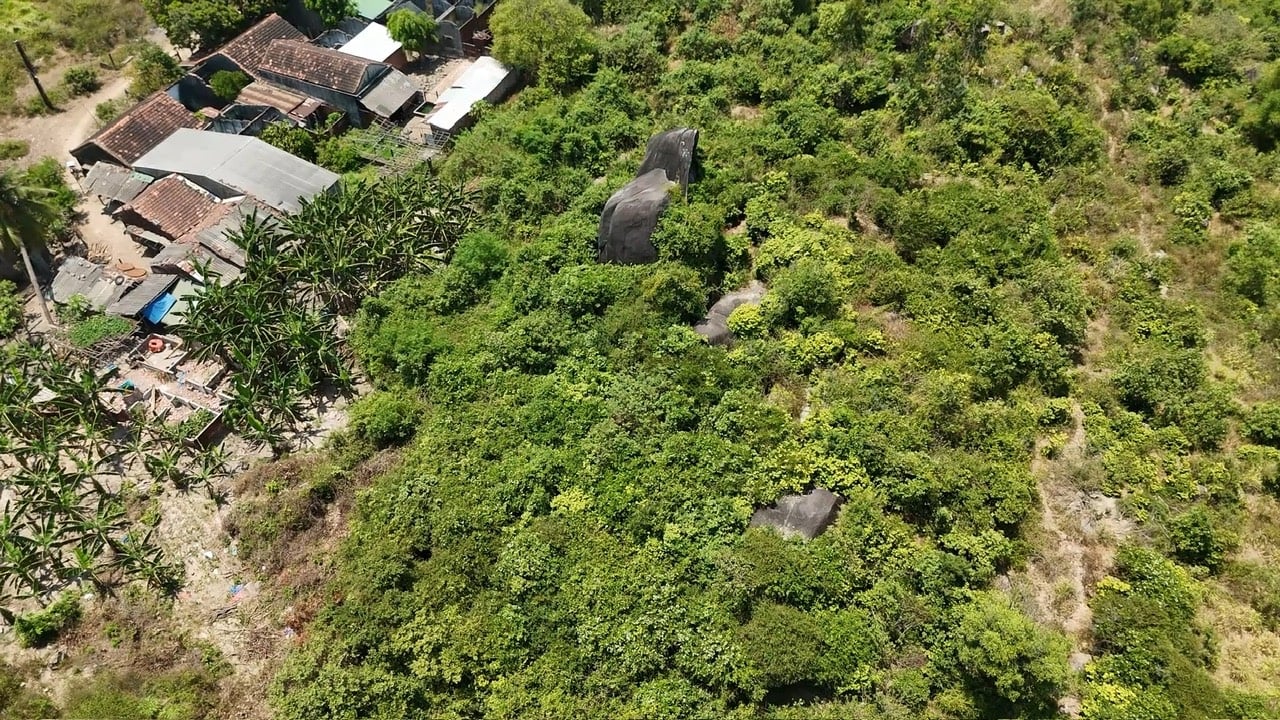
Looming in the woods are undulating black rocks spread across the mountain.
PHOTO: T.PHONG
According to Quang Ngai cultural researchers, the name "La Ha stone formation" may have appeared since the time of Nguyen Cu Trinh (1716 - 1767). When he held the position of Quang Ngai Governor (around 1750 - 1752), he composed the poem collection Quang Ngai Twelve Scenes , which described La Ha stone formation with vivid verses: Horses and carts on all four sides move in close proximity/ Trees and grass on both sides form soldiers/ Stones piled up in the shade of elephants taking refuge/ Rumors spread that tigers lurk among people passing by .
Looking at the north-south axis, this battle formation is like a feng shui diagram: the north (Kham palace) is Elephant Mountain, the west (Doai palace) is Tiger Mountain, the south (Ly palace) is Da Che Mountain, and the east (Chan palace) is Cao Co Mountain, creating a layout like a battle formation waiting for the right moment.
According to Mr. Nguyen Van Muoi (living in residential group 1, La Ha town), in the past, there were many rocks around this area that looked like a herd of elephants. Looking down from the mountain to the field, clusters of large and small rocks were arranged neatly like a formation of soldiers, not at all random.
Nowadays, due to the planting of acacia trees and other raw materials, the view from the mountain to the fields is limited. Many parts of the stone array have been covered by trees. More regrettably, according to Mr. Muoi, some people have chiseled the stones to sell, causing many precious stones in the array to be destroyed, losing some traces of a natural masterpiece.
La Ha Stone Array, whether historical fact or folk legend, is still a mysterious story, evoking many thoughts about the relationship between humans and nature, between the ambition for power and the limits of fate. (to be continued)
Source: https://thanhnien.vn/la-ha-thach-tran-vet-tich-muu-do-dang-do-cua-cao-bien-185250527223053301.htm


![[Photo] Vietnamese and Hungarian leaders attend the opening of the exhibition by photographer Bozoky Dezso](https://vphoto.vietnam.vn/thumb/1200x675/vietnam/resource/IMAGE/2025/5/28/b478be84f13042aebc74e077c4756e4b)
![[Photo] Prime Minister Pham Minh Chinh receives a bipartisan delegation of US House of Representatives](https://vphoto.vietnam.vn/thumb/1200x675/vietnam/resource/IMAGE/2025/5/28/468e61546b664d3f98dc75f6a3c2c880)
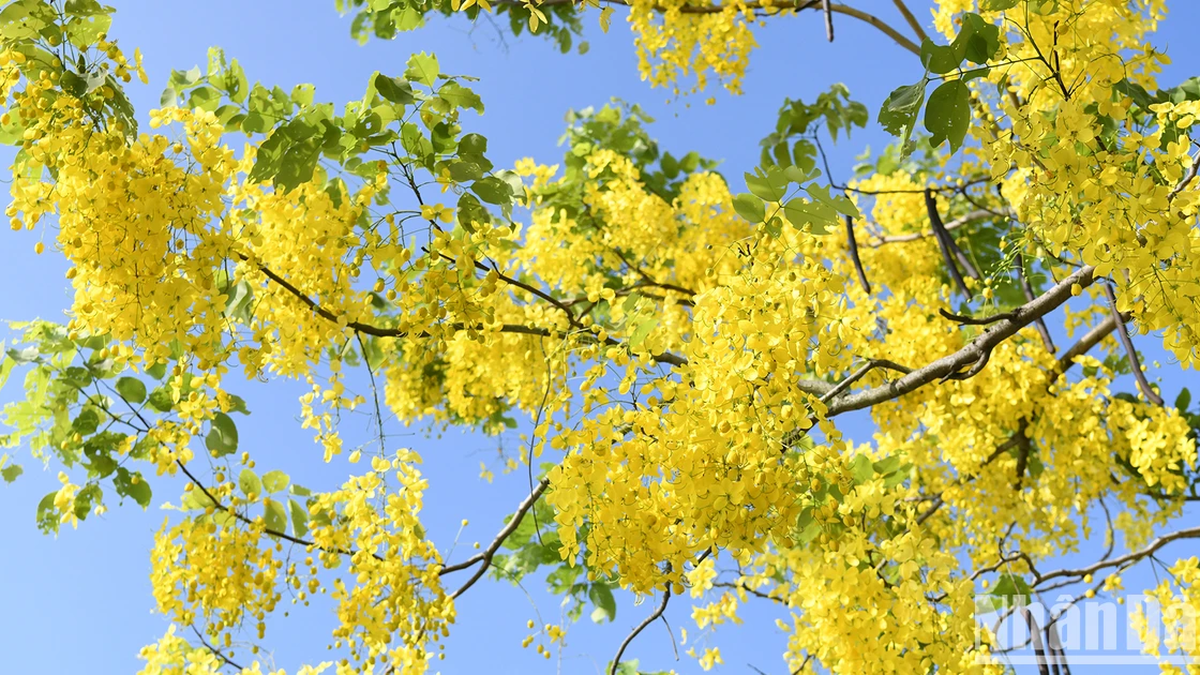
![[Photo] 12th grade students say goodbye at the closing ceremony, preparing to embark on a new journey](https://vphoto.vietnam.vn/thumb/1200x675/vietnam/resource/IMAGE/2025/5/28/42ac3d300d214e7b8db4a03feeed3f6a)


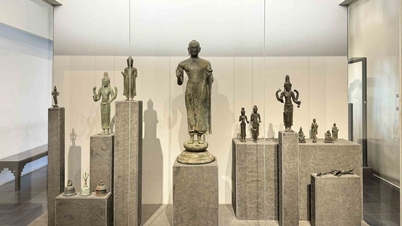


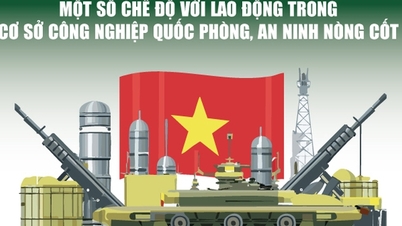




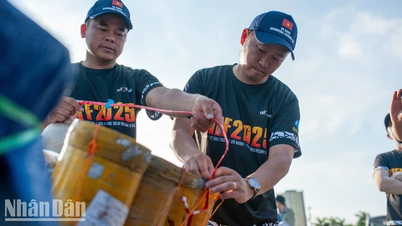
















































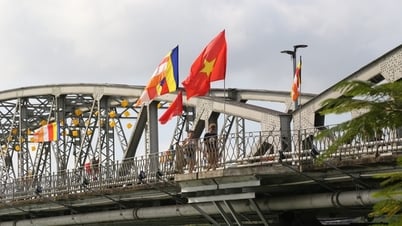



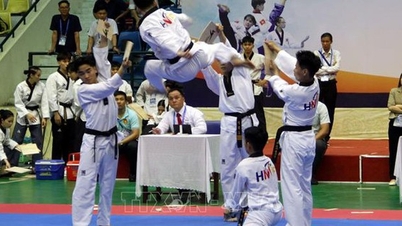




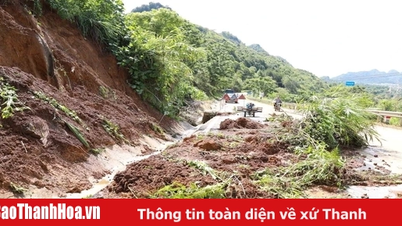



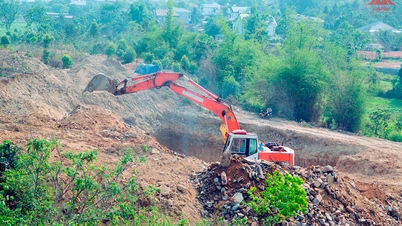

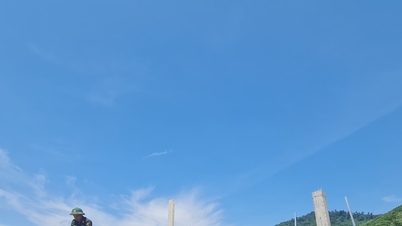








Comment (0)